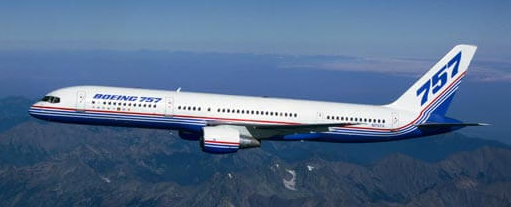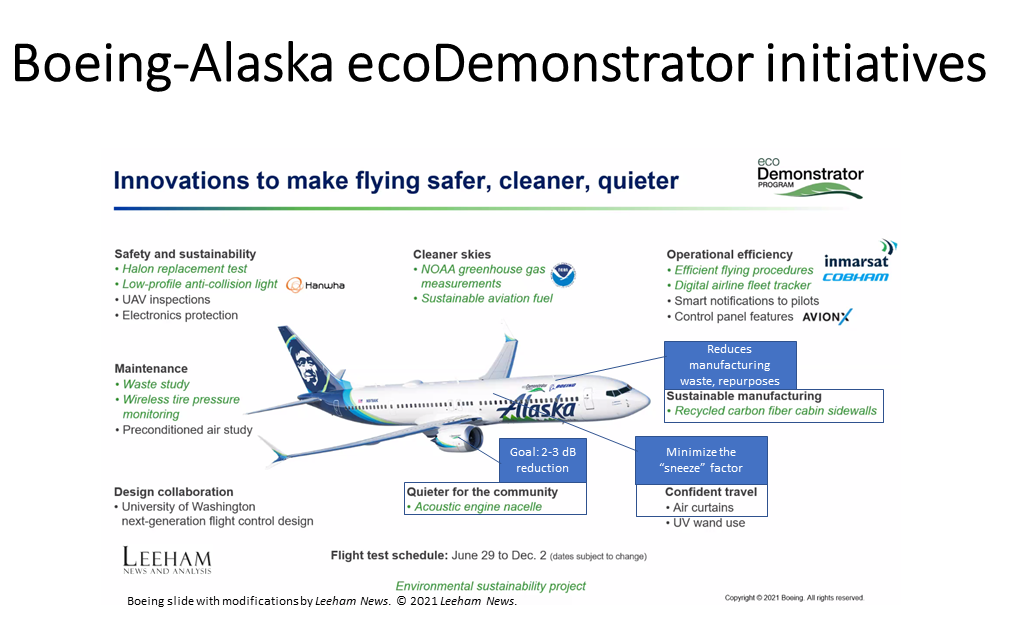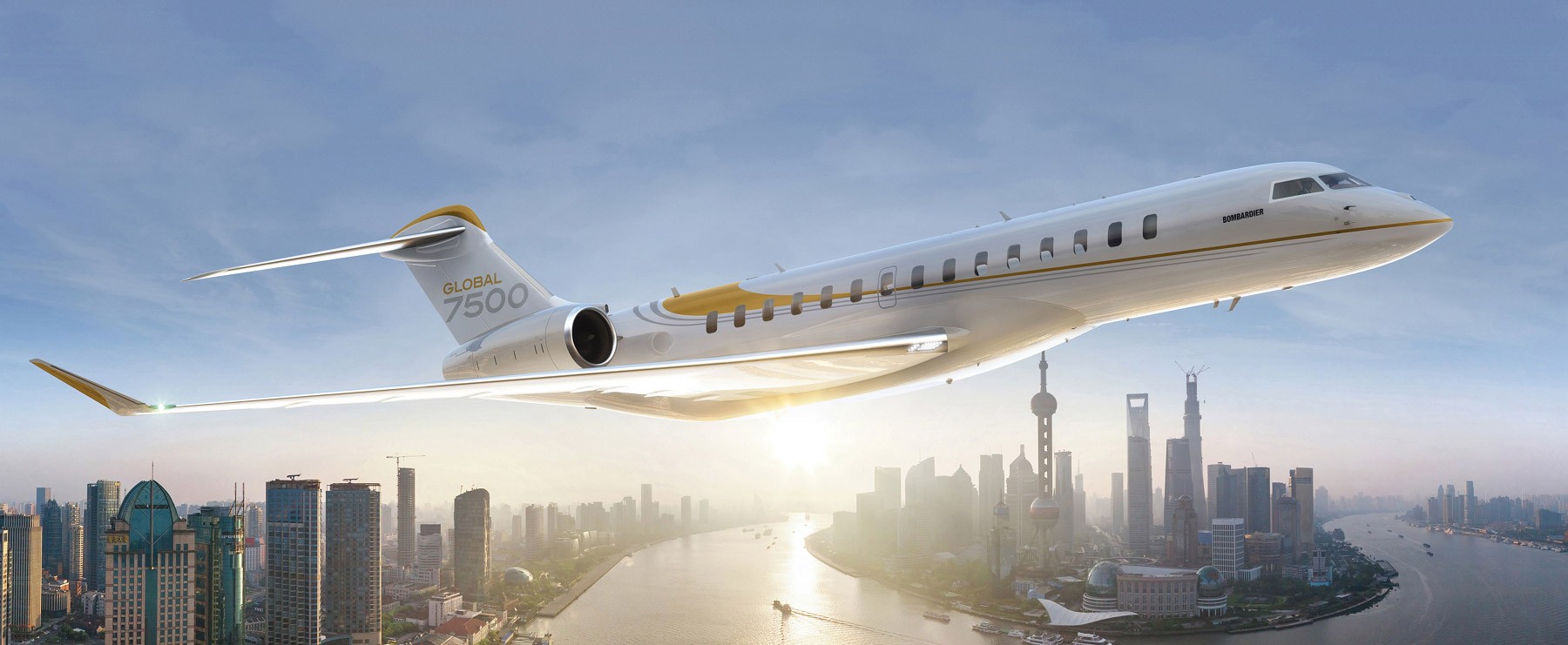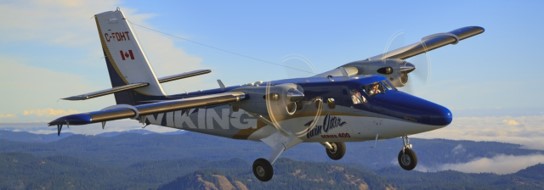Leeham News and Analysis
There's more to real news than a news release.
 Leeham News and Analysis
Leeham News and Analysis
- The Boeing 767 Cross Section, Part 1 November 24, 2022
- Movie Review: Devotion November 21, 2022
- China will accelerate development of its commercial aerospace sector November 21, 2022
- Bjorn’s Corner: Sustainable Air Transport. Part 46. eVTOL comparison with helicopter November 18, 2022
- The economics of a 787-9 and A330-900 at eight or nine abreast November 16, 2022
Airbus program update tomorrow: what will officials reveal?
Subscription Required
By Scott Hamilton
Introduction
June 14, 2021, © Leeham News: Airbus will provide a commercial program update tomorrow in Toulouse.

Will the Next Boeing Airplane be like the 757 with a composite new wing and new engines? Boeing photo.
But will officials announce Authority to Offer (ATO) an A350 freighter for sale?
Will they formally acknowledge development of an “A322”?
There is a plethora of articles, including LNA, in recent weeks discussed the prospect of Airbus launching an A350F this year. Potential customers have seen presentations from Airbus. Boeing’s overwhelming dominance in freighters is under threat.
If Airbus announces ATO tomorrow, Boeing may be forced to take its 777-8F concept out of mothballs. Boeing suspended development of the 777-8 and -8F during the 737 MAX and pandemic crises.
Then there is the prospect of the long-talked about “A322.”
This airplane, if launched, will have a new composite wing, more powerful engines and up to 24 more passengers. The wing is called the Wing of Tomorrow and has been under development for years.
If Airbus launches the A322, which also has a working name of A321 Plus Plus, Boeing will find it very tough to build a business case for its Next Boeing Airplane (NBA). The most recent iteration seems to be basically a reinvention of the 757-200/300: a metallic fuselage with a composite wing and new engines.
Summary
- Airbus now has the leadership role held by Boeing for decades, says the industry’s most influential executive.
- What does the Next Boeing Airplane look like?
- Airbus thinks it can match the NBA with an A322 for a lot less money to the customer.
- But will airlines want a 2025 technology or be satisfied with a makeover for an Airbus with roots in 1980s technology?
Posted on June 14, 2021 by Scott Hamilton
Pontification: It’s time to replace the 737, says industry leader
June 14, 2021, © Leeham News: One of commercial aviation’s most influential leaders said last week Boeing needs to replace the 737 with a new technology airplane.
Steven Udvar-Hazy, chairman of Air Lease Corp., said in a CNBC interview June 9 the 737 is a good airplane, but the time has come for a replacement.
“Boeing has to look at the future. What kind of airplanes that airlines will need with all the environmental challenges, regulatory challenges? What is the airplane type airlines will need 5, 10, 15, 20 years from now?” Hazy said.
“Boeing needs to invest. The 737 is a wonderful airplane, but it’s been in operation since 1967. We have an airplane that its basic design has been around for 54 years. It’s time for a new technology airplane that will give airlines and the public greater efficiency, better economics, better environmental footprint so the airlines can make money with it and yet meet the challenges that we’re facing on the environmental front.”
Posted on June 14, 2021 by Scott Hamilton
Bjorn’s Corner: The challenges of airliner development. Part 7. Transport Category Aircraft
June 11, 2021, ©. Leeham News: Last week, we scaled a nine-seat aircraft to a 19-seat aircraft and examined some of the pros and cons of such a change. The aircraft are certified to the 14 CFR Part 23 rules in the US, labeled “Normal Category Aircraft“.
This week we scale the aircraft up one step further to understand product certification and operation rules for the larger Transport Category Aircraft (14 CFR Part 25) class.
Posted on June 11, 2021 by Bjorn Fehrm
Cheap aluminum widebodies may finally enable long-haul LCC profitability
Subscription Required
By Judson Rollins
Introduction
June 10, 2021, © Leeham News: Residual values and lease rates have plummeted to record lows for previous-generation widebodies like the A330, 767, and 777. Inventories continue to build around the world, and prices appear set to fall even further.
At the same time, business travel ground to a near-halt in most regions. Even in countries where domestic leisure travel rebounded, like the US or China, average fares are down 20%-40%.
Southwest Airlines describes itself as a “low-fare carrier.” With business and premium-cabin traffic expected to take 3-4 years to return and be permanently impaired to some extent, every airline may be a low-fare carrier for years to come.
With higher-density seat configurations, more flexible scheduling – and, most importantly, the lower capital costs of used aircraft – new low-cost carriers (LCCs) could break even on long-haul routes with materially lower revenue than their predecessors.
This confluence of events has created a once-in-a-generation, perhaps once-in-a-lifetime, opportunity for new airlines to achieve a sustainable cost advantage over legacy carriers weighed down by capital-intensive aircraft, expensive crew contracts, and record-high debt service costs.
Summary
- Previous long-haul LCC startups failed due to insufficient capital, overextended operations, fares too low to cover costs.
- Ultra-low lease rates make used A330s cheaper to fly than new-technology aircraft.
- Lower costs, surgical route selection level the long-haul playing field.
- Legacy hub-and-spoke model will be weakened by “overflight” routes.
- Low capital costs mean used airplanes need only be flown when demand warrants.
Posted on June 10, 2021 by Judson Rollins
Podcast: 10 Minutes About the United-Boom SST agreement
June 8, 2021, © Leeham News: United Airlines and the start-up company, Boom, last week announced an agreement by which UAL will acquire up to 50 Boom Overture SSTs.
T here are some conditions Boom must meet before United will accept any airplanes. Furthermore, Boom must raise a lot of money to complete development.
here are some conditions Boom must meet before United will accept any airplanes. Furthermore, Boom must raise a lot of money to complete development.
In today’s episode of 10 Minutes About, LNA discusses the commercial agreement and just a few of the issues facing development of the Overture.
Related articles:
- Will Boom succeed where Concord failed?
- Is Boom good business for Virgin Atlantic?
- The Boom SST engine problem, Part 1
- The Boom SST engine problem, Part 2
- The Boom SST engine problem, Part 3
- The Boom SST engine problem, Part 4
- The Boom SST engine challenges, summary
- 15-Part Series on the proposed Supersonic revival
Posted on June 8, 2021 by Scott Hamilton
The impact of higher inflation on OEMs and Airlines
Subscription Required
By Vincent Valery
Introduction
June 7, 2021, © Leeham News: As the world economy recovers from its sharpest shock since World War II, an unwelcome side effect started appearing: higher inflation rates.

One Hundred Trillion Zimbabwean Dollars Note, issued during a period of hyperinflation in the country
The Consumer Price Index (CPI) in the USA increased by 4.2% year-over-year in April 2021. The leading causes of the increase are higher commodity prices and worker and material shortages in the US economy.
Aside from temporary commodity-induced spikes, inflation rates have stayed moderate over the last 30 years. However, numerous countries (including the USA and Europe) experienced persistently high inflation rates throughout the 1970s and early 1980s.
It is premature to say whether the latest spike is temporary or will persist. Should the latter happen, it would have profound consequences for the commercial aviation ecosystem. LNA analyzes the potential implications for OEMs, airlines, and lessors of such a scenario.
Summary
- Inflation 101;
- Winners and losers in high inflation environments;
- Consequences for OEMs;
- Impact on airlines and lessors.
Posted on June 7, 2021 by Vincent Valery
Pontifications: Qatar, United, Boom, Airbus and Aerion
June 7, 2021, © Leeham News: It’s been a busy couple of weeks in commercial aviation, with several reports last week alone.
- Qatar Airways expresses interest in Boeing 777X-F and Airbus A350F.
- United Airlines announces a “commercial agreement” with Boom Supersonic to purchase 15 Overture jets and option 35.
- Boeing exploring reinventing the 757.
- Airbus moves toward a new wing for A320 family.
- Aerion Aviation terminates program, shuts down. May 21.
Some of these reports were new and interesting Others were over-hyped and fluff.
Let’s run them down.
Posted on June 7, 2021 by Scott Hamilton
HOTR: 500 “destinations” for Boom goes bust
June 4, 2021, © Leeham News: “Overture can connect more than 500 destinations.”
That’s what United Airlines said in its press release this week about its “commercial agreement” with Boom Supersonic. UAL “ordered” 15 Overture airplanes with an option for 35 more.
“More than 500 destinations” leaves a lot of room for interpretation. LNA understands this to mean 500 cities. If UAL and Boom meant “city pairs,” then this commonly used term should have been used.
The common dictionary definition is “the place where someone is going or where something is being sent or taken.”
Examples used in the definition are, “The Virgin Islands are a popular tourist destination,” or a “holiday destination.” More on point, one example used is quite common in airline lingo: the term “final destination.”
So, this lends to the interpretation “500 destinations” means 500 “cities.”
Well.
Posted on June 4, 2021 by Scott Hamilton
Bjorn’s Corner: The challenges of airliner development. Part 6. Adding seats.
June 04, 2021, ©. Leeham News: Last week, we examined operating and product certification rules related to 9-seater air taxis and commuters. We took the example of the new Tecnam P2012 Traveller to study the certification rules for a 9-seater. Now we upsize the aircraft to understand the pros and cons of adding extra seats.
Posted on June 4, 2021 by Bjorn Fehrm
Boeing, Alaska team for next round of ecoDemonstrator research
By Scott Hamilton
June 3, 2021, © Leeham News: Boeing and Alaska Airlines today outlined a five month ecoDemonstrator program in a series of tests designed to “green up” commercial aviation.
Boeing partnered with airlines and suppliers beginning in 2012. Alaska is the eighth airline to participate. A Boeing 737-9 will be the current platform.
Boeing will flight test 20 technologies and ideas with Alaska beginning June 29 and ending Dec. 2.
Not all ideas fall strictly within “new technologies.” Some are weight-reduction initiatives that aggregate to lower airplane weight, which in turn reduces fuel burn. This in turn reduces carbon emissions.
But other ideas directly go to environmental efforts addressing noise, emissions and now COVID infectious worries.
Posted on June 3, 2021 by Scott Hamilton
Email Subscription
Twitter Updates
My TweetsAssociations
Aviation News-Commercial
Commentaries
Companies-Defense
Resources
YouTube
Archives
- November 2022
- October 2022
- September 2022
- August 2022
- July 2022
- June 2022
- May 2022
- April 2022
- March 2022
- February 2022
- January 2022
- December 2021
- November 2021
- October 2021
- September 2021
- August 2021
- July 2021
- June 2021
- May 2021
- April 2021
- March 2021
- February 2021
- January 2021
- December 2020
- November 2020
- October 2020
- September 2020
- August 2020
- July 2020
- June 2020
- May 2020
- April 2020
- March 2020
- February 2020
- January 2020
- December 2019
- November 2019
- October 2019
- September 2019
- August 2019
- July 2019
- June 2019
- May 2019
- April 2019
- March 2019
- February 2019
- January 2019
- December 2018
- November 2018
- October 2018
- September 2018
- August 2018
- July 2018
- June 2018
- May 2018
- April 2018
- March 2018
- February 2018
- January 2018
- December 2017
- November 2017
- October 2017
- September 2017
- August 2017
- July 2017
- June 2017
- May 2017
- April 2017
- March 2017
- February 2017
- January 2017
- December 2016
- November 2016
- October 2016
- September 2016
- August 2016
- July 2016
- June 2016
- May 2016
- April 2016
- March 2016
- February 2016
- January 2016
- December 2015
- November 2015
- October 2015
- September 2015
- August 2015
- July 2015
- June 2015
- May 2015
- April 2015
- March 2015
- February 2015
- January 2015
- December 2014
- November 2014
- October 2014
- September 2014
- August 2014
- July 2014
- June 2014
- May 2014
- April 2014
- March 2014
- February 2014
- January 2014
- December 2013
- November 2013
- October 2013
- September 2013
- August 2013
- July 2013
- June 2013
- May 2013
- April 2013
- March 2013
- February 2013
- January 2013
- December 2012
- November 2012
- October 2012
- September 2012
- August 2012
- July 2012
- June 2012
- May 2012
- April 2012
- March 2012
- February 2012
- January 2012
- December 2011
- November 2011
- October 2011
- September 2011
- August 2011
- July 2011
- June 2011
- May 2011
- April 2011
- March 2011
- February 2011
- January 2011
- December 2010
- November 2010
- October 2010
- September 2010
- August 2010
- July 2010
- June 2010
- May 2010
- April 2010
- March 2010
- February 2010
- January 2010
- December 2009
- November 2009
- October 2009
- September 2009
- August 2009
- July 2009
- June 2009
- May 2009
- April 2009
- March 2009
- February 2009
- January 2009
- December 2008
- November 2008
- October 2008
- September 2008
- August 2008
- July 2008
- June 2008
- May 2008
- April 2008
- March 2008
- February 2008






